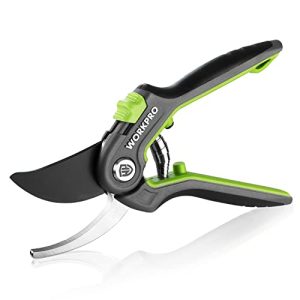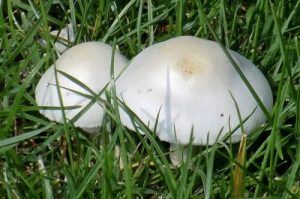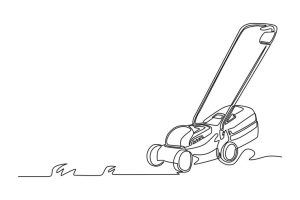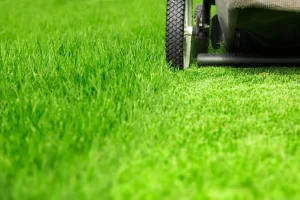Have you ever struggled with cutting through thick branches while gardening? If so, you’re not alone.
Many gardening enthusiasts encounter this challenge, and that’s where a bypass lopper comes into play. But what exactly is a bypass lopper, and why should you consider adding it to your gardening toolkit? By the end of this article, you’ll discover how this essential tool can make your gardening tasks much easier and more efficient.
Whether you’re a seasoned gardener or just starting, understanding the importance of a bypass lopper could be the game-changer for your gardening experience. Stick around to learn how you can transform your garden with just one tool.
Definition Of Bypass Lopper
A bypass lopper is a gardening tool used for cutting branches and stems. It features two curved blades that slide past each other, providing clean cuts on living plants. Ideal for pruning, it helps maintain plant health and shape.
Defining a bypass lopper is like opening a door to effortless gardening. This essential tool transforms your pruning tasks, making them smoother and more efficient. If you’ve ever struggled with trimming branches or cutting through thick shrubbery, you’ll appreciate what a bypass lopper can do for you.What Is A Bypass Lopper?
A bypass lopper is a specialized gardening tool designed for cutting through live branches and foliage. It features two blades that slide past each other, similar to scissors, allowing for clean, precise cuts. This design is ideal for maintaining the health of your plants, as it minimizes damage to the branch, promoting quicker healing.How Does It Work?
The mechanics of a bypass lopper are straightforward yet effective. When you squeeze the handles, the blades come together to cut the branch between them. This scissor-like action ensures a sharp cut, preventing the crushing of plant tissue.Benefits Of Using A Bypass Lopper
Bypass loppers offer several advantages that make them a must-have in your gardening toolkit: – Clean Cuts: They ensure smooth, clean cuts that help prevent disease in plants. – Precision: Ideal for trimming live growth without damaging the plant. – Versatility: Suitable for a variety of pruning tasks, from roses to tree branches. Selecting the right bypass lopper involves considering a few key features: – Blade Material: Opt for blades made of high-carbon steel for durability and sharpness. – Handle Length: Longer handles provide better leverage for cutting thicker branches. – Grip Comfort: Ergonomic grips reduce hand fatigue during extended use.Personal Experience With Bypass Loppers
Reflecting on my own gardening journey, the day I switched to a bypass lopper was transformative. Pruning my overgrown rose bush became a breeze, and I noticed healthier regrowth. Have you ever struggled with gardening tools that just don’t cut it? A bypass lopper might be the game-changer you’re looking for.Conclusion: Enhancing Your Gardening Experience
Investing in a bypass lopper is investing in the health of your garden. This tool not only makes pruning easier but also supports the vitality of your plants. So, next time you’re gearing up for some garden maintenance, consider adding a bypass lopper to your arsenal. Your garden will thank you for it.Design And Structure
Bypass loppers are garden tools designed for cutting branches. They feature two blades that glide past each other, delivering a clean cut. Ideal for pruning live plants, their scissor-like motion ensures minimal damage to the plant.
The design and structure of a bypass lopper play a crucial role in its efficiency. Bypass loppers are designed for precision cutting, making gardening tasks easier. Their unique design ensures clean cuts, reducing plant damage. Understanding the design helps choose the right lopper for your needs.Blade Configuration
Bypass loppers feature two blades, similar to scissors. One blade is sharp, while the other is thicker and curved. The sharp blade slices through branches, meeting the thicker blade. This configuration ensures clean cuts, essential for plant health. It minimizes crushing, helping plants recover quickly.Handle Length And Material
Handles vary in length, impacting leverage and reach. Longer handles offer more leverage, requiring less force. They are ideal for thicker branches. Handle materials include aluminum and fiberglass. Aluminum is lightweight and strong. Fiberglass provides durability and comfort. The choice of material affects handling and ease of use.Cutting Mechanism
Bypass loppers use a simple cutting mechanism. The blades pass by each other, slicing through branches. This mechanism is effective for live wood, ensuring smooth cuts. It requires careful alignment for optimal performance. Proper maintenance keeps the mechanism smooth and effective. Regular cleaning and sharpening enhance its longevity.Benefits For Gardeners
Bypass loppers are essential for gardeners, providing clean cuts on live branches with ease. These tools help maintain plant health and encourage growth by reducing plant damage. They’re ideal for trimming thick branches, offering precise cuts and reducing strain on wrists.
The bypass lopper is a must-have tool for gardeners. Its design and functionality offer numerous benefits. These tools are perfect for cutting branches and stems. They provide clean cuts, making garden maintenance easy and efficient. Bypass loppers help gardeners maintain the health of their plants.Precision Cutting
Bypass loppers are known for their precision. Their blades slide past each other, like scissors. This ensures clean cuts without crushing plant tissues. Clean cuts help plants heal faster and reduce disease risk. They are ideal for delicate pruning tasks. Gardeners can trim with confidence, knowing they won’t harm their plants.Ease Of Use
These tools are lightweight and easy to handle. Even beginners find them comfortable to use. The long handles provide excellent leverage. This means less effort for the gardener. You can prune for longer periods without fatigue. Ergonomic designs further enhance comfort during use.Versatility
Bypass loppers work well on a variety of plants. They can cut through small branches and stems with ease. They’re suitable for trees, shrubs, and flowers. This versatility makes them a valuable tool in any garden. Gardeners can tackle multiple tasks with a single tool. This efficiency saves time and space in your tool shed.Common Uses
Bypass loppers are ideal for trimming live plants, offering clean cuts. They help shape bushes and trees. With sharp blades, they easily slice through branches, enhancing garden maintenance.
Common Uses Bypass loppers are essential tools for gardeners. They provide precision and power in various gardening tasks. These versatile tools are perfect for many common uses in your garden.Pruning Techniques
Bypass loppers excel in pruning techniques. They offer clean cuts for branches. This helps keep your plants healthy and vibrant. Use loppers to shape shrubs and trees. Proper pruning encourages growth and reduces disease risk. Their sharp blades make the task easier and more efficient.Trimming Branches
Trimming branches is another common use. Bypass loppers handle medium-sized branches with ease. They are ideal for branches up to 2 inches thick. This makes them suitable for most garden trees and shrubs. Regular trimming promotes a tidy and well-maintained garden. It also prevents overcrowding, allowing sunlight to reach plants.Deadheading Flowers
Deadheading flowers is crucial for plant health. Bypass loppers make this task simple. Removing spent blooms encourages new growth and prolongs flowering. This practice keeps your garden looking fresh and vibrant. Bypass loppers provide the perfect balance of power and precision. Use them to maintain your flowerbeds with ease.Choosing The Right Bypass Lopper
Choosing the right bypass lopper is crucial for effective gardening. A bypass lopper is a tool designed for clean cuts on live plants. Its scissor-like blades allow precise trimming, making it ideal for maintaining healthy shrubs and trees.
Choosing the right bypass lopper enhances your gardening experience. Not all loppers are the same. Different tasks require different tools. Selecting wisely ensures efficiency and ease. Focus on three main aspects: size, material, and comfort.Size Considerations
The size of your lopper matters. Longer handles provide more leverage. They are ideal for thicker branches. Shorter handles offer precision. Perfect for smaller plants. Consider your strength and reach. Choose a size that suits your needs.Material Quality
Material quality affects durability. Steel blades stay sharp longer. They cut branches cleanly. Aluminum handles are lightweight. They reduce fatigue during use. High-quality materials last longer. They make pruning more enjoyable.Comfort Features
Comfort is crucial for long tasks. Look for padded grips. They prevent blisters and strain. Adjustable handles accommodate different users. They provide a custom fit. A well-balanced lopper feels lighter. It makes pruning less tiring. Prioritize comfort to make gardening pleasant.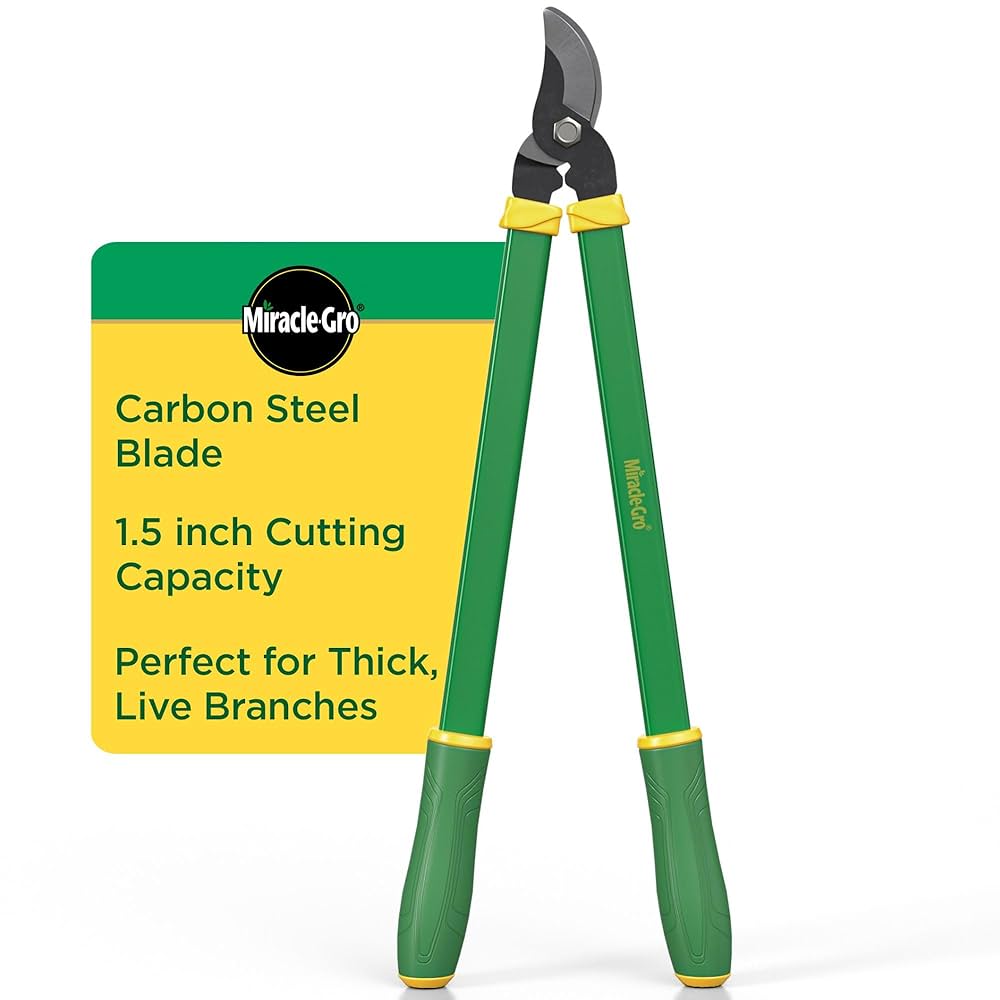
Credit: www.amazon.com
Maintenance Tips
Discover what a bypass lopper is—a tool with two blades that slide past each other for precise cuts. Ideal for trimming branches and maintaining gardens, it ensures clean cuts without damaging plants. Regular maintenance keeps it sharp and efficient.
Maintaining your bypass lopper is essential for ensuring it performs well and lasts a long time. Proper maintenance not only keeps your tool in tip-top shape but also makes your gardening tasks easier and more enjoyable. Let’s dive into some practical tips that will keep your lopper working like a charm.Cleaning And Lubrication
After each use, wipe your bypass lopper with a clean cloth to remove any plant residue or dirt. Consider using warm soapy water for a more thorough clean, especially if the blades are sticky. Once clean, apply a light coat of oil or lubricant to the blades to prevent rust and ensure smooth operation.Sharpening Blades
Dull blades can make cutting a frustrating chore. Use a sharpening stone or a file to maintain a sharp edge on your lopper blades. Aim to sharpen them every few weeks during peak gardening season, or whenever you notice cutting becoming more difficult.Storing Properly
Proper storage is often overlooked but crucial for tool longevity. Store your bypass lopper in a dry place to prevent moisture damage. Hanging it up can also prevent accidental damage and keep it ready for use whenever you need it. Regular care of your bypass lopper can transform your gardening experience. Imagine effortlessly slicing through branches with minimal effort. Are you ready to give your lopper the care it deserves?Safety Precautions
Bypass loppers are essential gardening tools designed for cutting branches. Ensure safe use by wearing protective gloves and eye gear. Keep hands clear of cutting blades and maintain a firm grip to prevent accidents.
Safety Precautions Using a bypass lopper requires careful attention to safety. These tools are powerful and can cause injury. It’s crucial to understand the right way to handle them. Proper equipment can prevent accidents. Let’s explore some key safety tips.Proper Handling
Operating bypass loppers safely starts with holding them correctly. Grip the handles firmly with both hands. Ensure your stance is stable and balanced. Position the blades away from your body. Make smooth, controlled cuts. Avoid sudden jerks or twisting motions. This prevents strain on your wrists.Protective Gear
Wearing protective gear can significantly reduce risks. Gloves are essential. They provide grip and protect your hands from cuts. Safety glasses shield your eyes from debris. Long sleeves and pants protect your skin. Closed-toe shoes keep your feet safe. Choose gear that fits well and feels comfortable.Avoiding Injuries
Keep your work area clear. Remove any obstacles that might cause tripping. Maintain focus while cutting. Distractions lead to mistakes. Regularly inspect the lopper for damage. Sharp blades cut efficiently and reduce effort. Avoid cutting oversized branches. This can damage the tool and cause injury.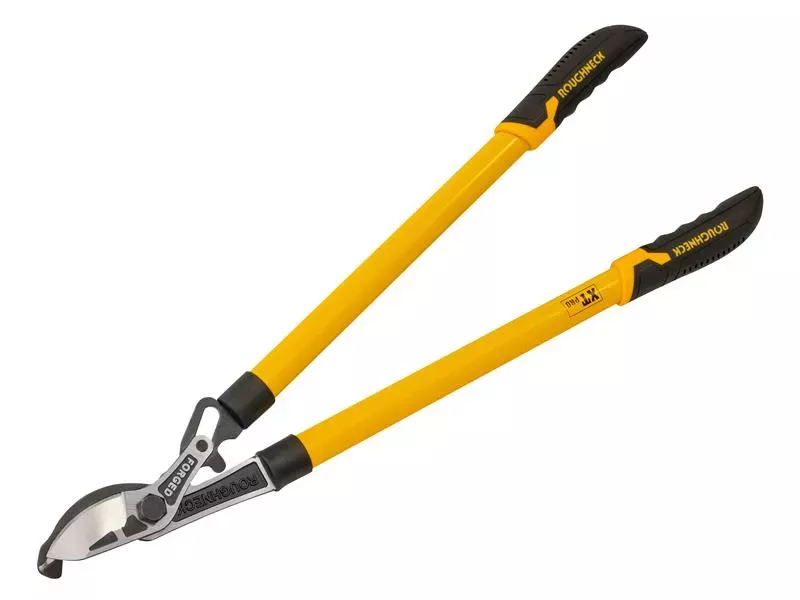
Credit: www.careytools.com

Credit: coronatools.com
Frequently Asked Questions
Which Are Better, Bypass Or Anvil Loppers?
Bypass loppers are ideal for cutting green, live branches due to their scissor-like action. Anvil loppers work better on dry, dead wood, using a crushing mechanism. Choose bypass for pruning plants and anvil for harder tasks. Consider branch thickness and lopper quality for best results.
What Is Bypass Lopper Used For?
A bypass lopper is used for cutting live branches. It features two blades that slide past each other. This tool ensures clean cuts without crushing plant fibers, promoting healthy growth. Ideal for pruning shrubs, trees, and bushes, it handles branches up to 2 inches thick efficiently.
What Is The Difference Between A Bypass Lopper And A Pruner?
A bypass lopper cuts branches up to 2 inches thick with long handles for leverage. A pruner, also known as hand pruners or secateurs, is for smaller branches, typically under 1 inch, offering precision with one hand. Both tools ensure clean cuts for plant health.
What Are The Two Types Of Loppers?
There are two types of loppers: bypass and anvil. Bypass loppers have two blades that glide past each other for clean cuts, ideal for green wood. Anvil loppers have one straight blade that cuts against a flat surface, suitable for dry or dead branches.
Conclusion
Bypass loppers are handy tools for garden pruning. They cut branches cleanly with sharp blades. Ideal for maintaining healthy plants. Easy to use. Great for small to medium branches. Choose a quality lopper for efficient gardening. Always consider blade sharpness and handle comfort.
A good bypass lopper makes pruning easier. Perfect for gardeners seeking precision. They ensure clean cuts, preventing plant damage. Keep them sharp for best results. With the right tool, your garden thrives. Bypass loppers simplify maintenance tasks. Enhance your gardening experience with well-chosen tools.
Enjoy a beautiful garden year-round.


